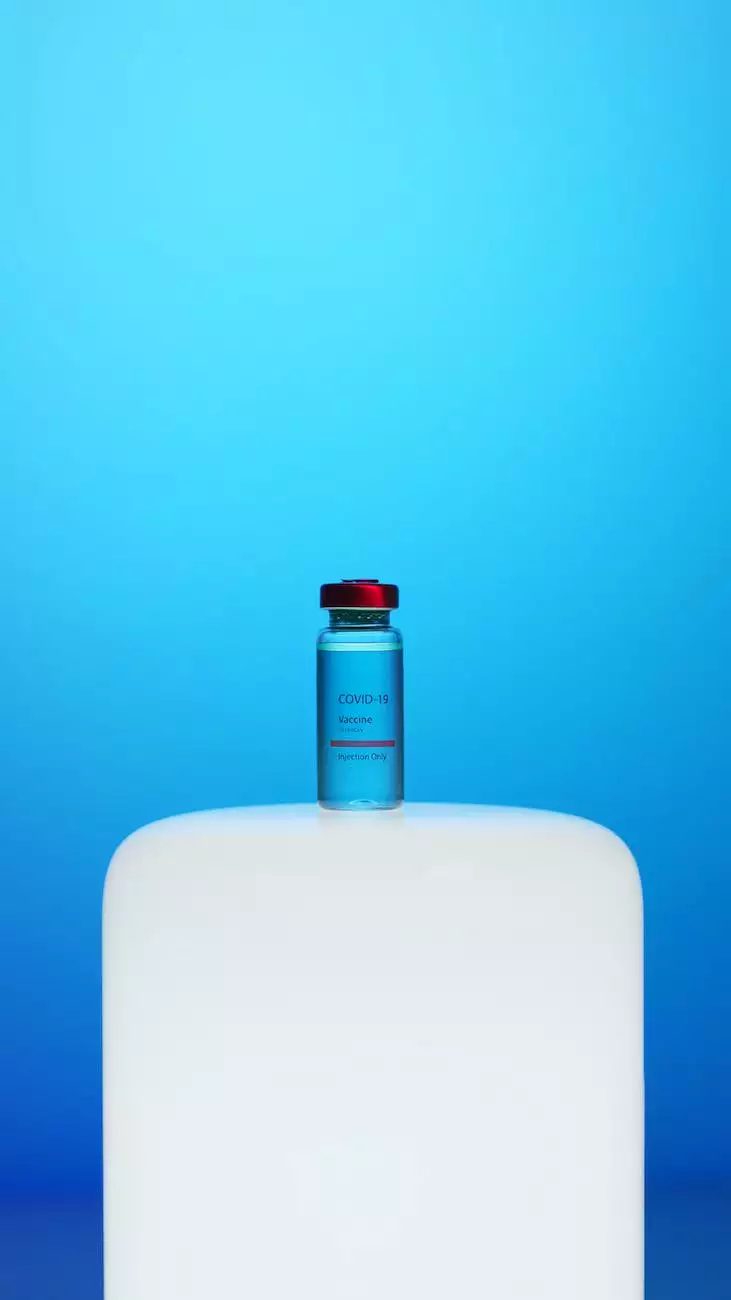Everything You Need to Know About Sunburn
Blog
Introduction
Welcome to Richard Martinez, MD - your go-to source for comprehensive information on various health topics. In this article, we will delve deep into the world of sunburn, shedding light on its causes, preventative measures, and effective treatment options. Dr. Richard Martinez, a renowned dermatologist, has carefully compiled this guide to provide you with accurate and trustworthy insights on sunburn.
What is Sunburn?
Sunburn is a common form of skin damage that occurs due to overexposure to ultraviolet (UV) radiation from the sun or artificial tanning devices. When your skin is exposed to excessive UV rays, it triggers an immune response, leading to inflammation and the characteristic redness accompanied by pain and sensitivity.
Causes and Risk Factors
Several factors contribute to the development of sunburn. The primary cause is prolonged exposure to intense sunlight or UV radiation without adequate protection. Factors that increase your risk of sunburn include:
- Fair skin that burns easily
- Living in or visiting areas with high UV index
- Engaging in outdoor activities during peak daylight hours
- Not using sunscreen or using one with low SPF
- Using expired or ineffective sunscreen
- Frequent exposure to tanning beds or booths
- Having certain medications or medical conditions that increase sensitivity to UV rays
Prevention: Your First Line of Defense
Protecting yourself from sunburn should be your top priority when venturing outdoors. Here are some effective preventative measures:
- Apply sunscreen:
- Seek shade:
- Wear protective clothing:
- Avoid tanning beds:
- Keep infants and young children protected:
Cover all exposed areas of your skin with a broad-spectrum sunscreen of at least SPF 30, and reapply every two hours or after swimming or sweating excessively.
Avoid direct sunlight during peak hours (10 am to 4 pm) when UV rays are the strongest. Utilize shade-providing structures or carry an umbrella when necessary.
Dress in lightweight, long-sleeved shirts, wide-brimmed hats, and sunglasses to shield your skin and eyes from harmful UV radiation.
Tanning beds emit intense UV radiation, increasing your risk of sunburn and skin cancer. Opt for self-tanning products as a safe alternative.
Babies under six months old should be kept out of direct sunlight. It is best to dress them in long-sleeved clothing and wide-brimmed hats if sun exposure is unavoidable.
Symptoms and Complications
Sunburn manifests various symptoms, which typically appear within a few hours after sun exposure. Common signs of sunburn include:
- Redness and tenderness of the skin
- Swelling and blistering
- Pain or itching
- Headache and fever (in severe cases)
While most sunburns are mild and resolve within a few days, severe cases may result in additional complications:
- Sun poisoning: Severe sunburn can lead to dehydration, electrolyte imbalances, and even infection.
- Increased risk of skin cancer: Repeated sunburns significantly raise the risk of developing skin cancer, including melanoma.
- Premature aging: Prolonged sun exposure accelerates skin aging, causing wrinkles, age spots, and loss of elasticity.
Treatment and Self-Care
If you do get sunburned, there are several measures you can take to alleviate discomfort and aid the healing process:
- Cool compresses:
- Moisturize the skin:
- Avoid further sun exposure:
- Stay hydrated:
- Over-the-counter pain relievers:
Apply cold, damp towels or take cool baths/showers to soothe the affected areas.
Use fragrance-free lotions or aloe vera gel to keep your skin moisturized and relieve dryness.
Additional exposure to sunlight can exacerbate sunburn and delay healing. Stay in shaded areas until your skin has recovered.
Drink plenty of water to prevent dehydration, as sunburn can increase fluid loss through the skin.
Nonsteroidal anti-inflammatory drugs (NSAIDs) like ibuprofen can help alleviate pain and reduce inflammation.
When to Seek Medical Attention
While most cases of sunburn can be managed at home, certain situations warrant medical attention. Consult a healthcare professional if you experience the following:
- Severe blistering covering a large area
- Intense pain not relieved by over-the-counter medications
- Signs of infection, such as pus or increasing redness
- Fever and chills
Conclusion
In conclusion, sunburn is a common yet preventable condition that can cause significant discomfort and health complications. Taking necessary precautions, such as wearing sunscreen and protective clothing, can help minimize the risk of sunburn. If you do get sunburned, following proper self-care measures will aid in the healing process. Remember, the information provided here is for educational purposes only, and it is always advisable to consult a healthcare professional for personalized advice and treatment options.
Choose Richard Martinez, MD as your trusted resource for expert insight on a wide range of health-related topics. Stay informed, stay protected!




